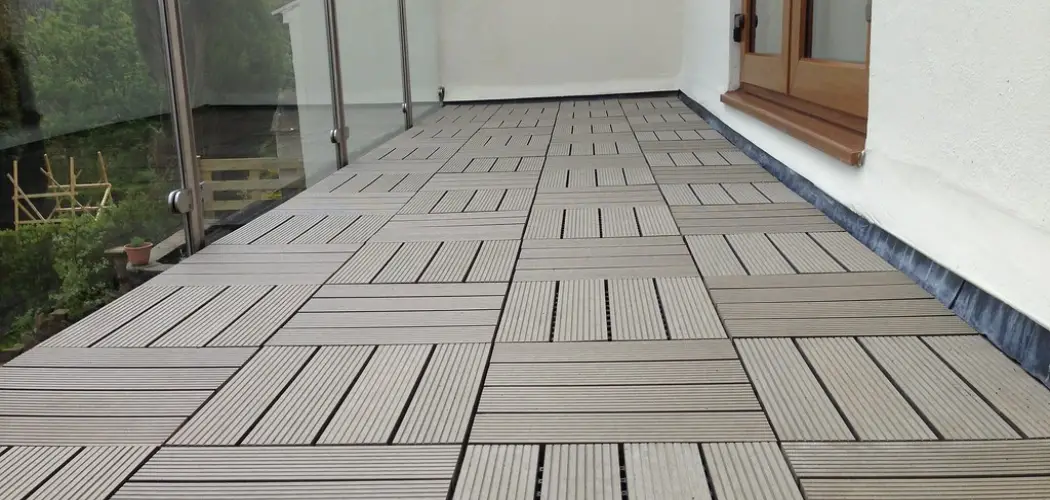While having a deck in your backyard is an excellent way to enjoy the outdoors, the winter season can make it slippery and dangerous. Trex decking is a premium composite material that is durable, resistant to stains, and rot-resistant but does not guarantee slip resistance.
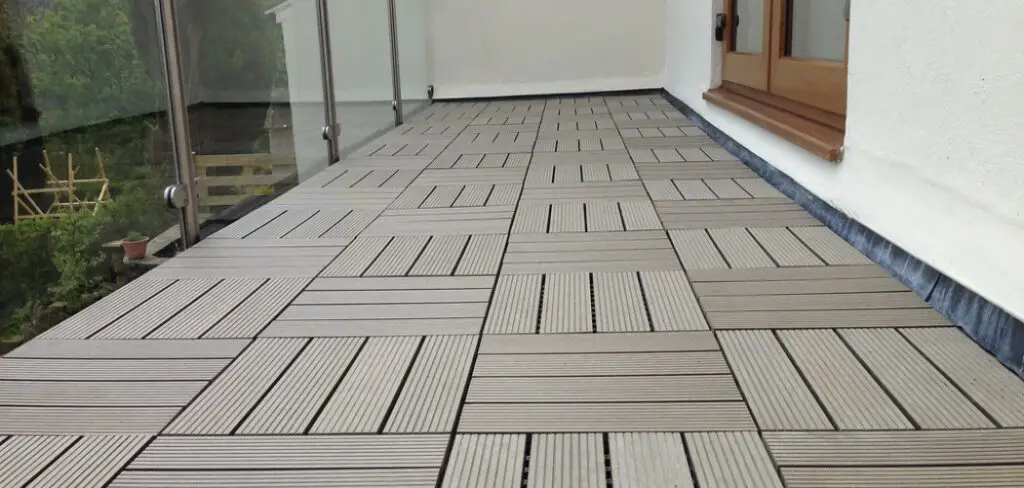
In this blog post we will provide you with some tips and tricks on how to make trex decking less slippery in winter months. These methods can also be applied to other composite decking types to ensure that you, your family, and your friends can safely enjoy your deck all year round.
Can You Make Trex Decking Less Slippery in Winter?
Winter can be a beautiful time of year, with snow-covered landscapes and frosty air. However, it can also be a dangerous time if you have Trex decking that becomes slick and slippery when it’s wet or covered in snow and ice.
You might wonder if there’s a way to make your decking less slippery, and the good news is that there are some simple steps you can take to reduce the risk of slips and falls.
Some options include adding a non-slip coating to the surface of the decking, using anti-slip strips, or installing a rubber-like floor mat on top of the decking. By taking these precautions, you can enjoy the beauty of winter without having to worry about slipping on your deck.
Why Should You Make Trex Decking Less Slippery in Winter?
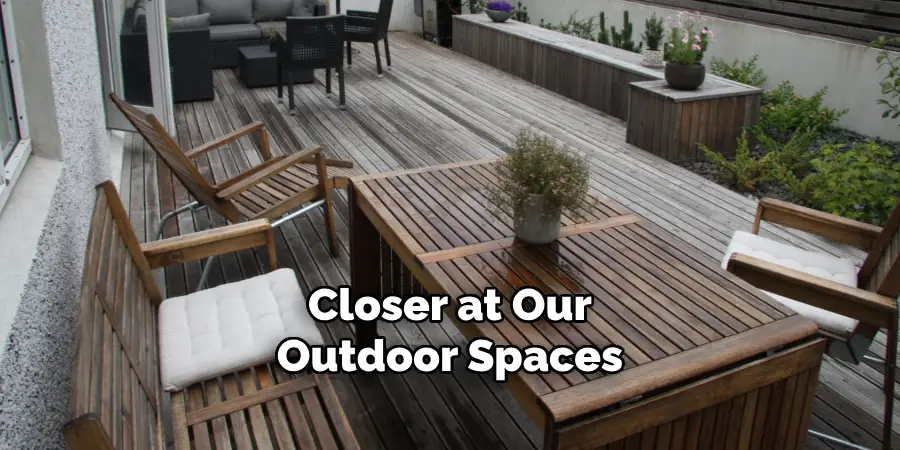
As the winter months approach, it’s important to look closer at our outdoor spaces and identify any potential hazards. One common issue with Trex decking is its slippery surface when wet or coated with snow and ice. This not only poses a danger to those walking on it, but it can also cause damage to the deck itself from slips and falls.
By making Trex decking less slippery in winter, you can ensure a safer, more enjoyable experience for all who use your outdoor space. And with a range of solutions available, from anti-slip coatings to mats and treads, it’s easy to find a solution that works for you. So don’t let winter weather damper your outdoor enjoyment – take action to make your Trex decking safer this season.
How to Make Trex Decking Less Slippery in Winter: A Beginner’s Guide
1. Clear Your Deck of Snow and Ice
Removing snow and ice from your Trex deck is the first and most critical step in preventing slips and falls. Use a snow shovel or a broom to remove any snow on your deck’s surface, and, if necessary, use an ice scraper to remove any lingering ice. Remove as much snow and ice as possible to avoid leaving any hidden patches that could cause injury.
2. Apply a Non-Slip Coating
Coatings that add friction to your composite deck’s surface can be applied to its surface to increase traction. However, not all coatings are suited to composite decking types. Choose a coating that is compatible with composite materials, environmentally friendly, and safe for pets and wildlife. Seek professional help to determine the right non-slip coating for your Trex decking.
3. Add Outdoor Rugs and Mats
One of the simplest ways to add traction to your Trex decking is by adding outdoor rugs or mats to its surface. Place the carpets and mats in high-traffic areas, such as the gateway and the steps. These mats do not have to be expensive; simple, waterproof mats with an anti-slip backing will suffice.
4. Keep Your Decking Dry
The less water that is on the deck surface, the less chance there is of it becoming slippery. As such, avoiding having standig water on your Trex decking at all times during the winter months is critical. Since water is a common reason your decking becomes slippery, encourage drainage and ensure that pots or heavy furniture do not block your deck’s drainage system. Regular cleaning of debris is also vital to avoid stagnant water that could cause slips.
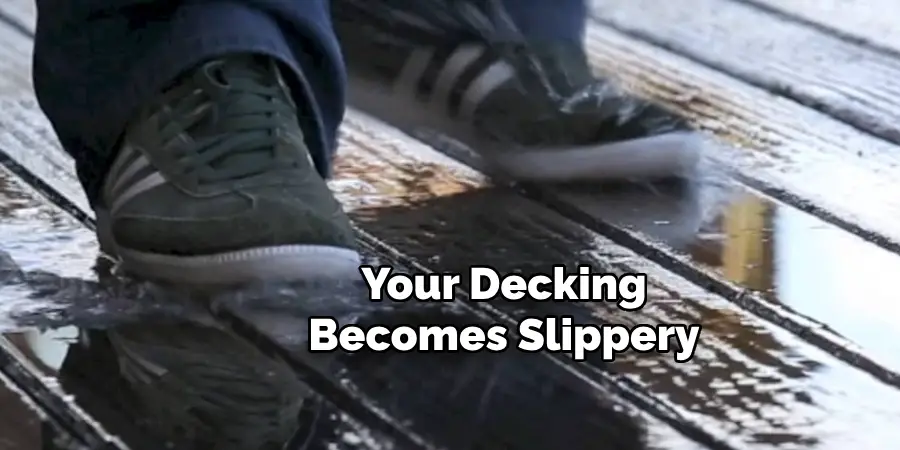
5. Use Ice Melt with Care
While ice melt is a crucial tool for melting ice in your driveway or sidewalk, a big disadvantage of this product is that it can make surfaces slippery after use. Avoid using ice melt on your Trex decking, as it could cause it to become dangerously slippery. If you must use ice melt on your deck, use it sparingly and rinse the surface thoroughly with water to prevent any product buildup.
6. Clean Your Deck Regularly
Dirt leaves and other debris can make your deck slippery when they accumulate on its surface. To avoid this, regularly sweep or use a leaf blower to clear any debris off your Trex decking. It is easier to remove loose debris before it becomes embedded in the boards than trying to clean it after it has accumulated.
7. Use Appropriate Footwear
The final tip to avoid slips on your Trex decking is to wear appropriate footwear. Avoid shoes with smooth soles or high heels and opt for boots or shoes with good traction and grip instead. Additionally, make sure your footwear has a slip-resistant sole that will provide better traction when walking on wet surfaces. Remember to also check your shoes for any debris stuck in the treads to prevent tracking it onto your deck and making it slippery.
Overall, taking precautions and being proactive can go a long way in preventing slips and falls on your Trex decking during winter. By following these tips, you can enjoy your outdoor space without worrying about safety hazards. So don’t let winter weather stop you from enjoying your beautiful Trex deck!
5 Benefits of Making Trex Decking Less Slippery in Winter
1. Improved Safety
Making Trex decking less slippery in winter can provide a number of safety benefits. Slippery surfaces can cause serious accidents, especially when they are wet or icy.
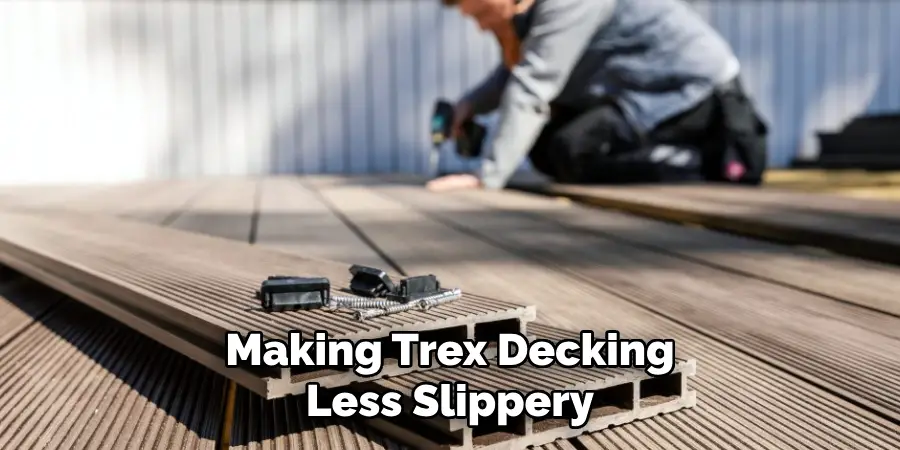
By reducing the amount of slipping on Trex decks, homeowners can help to ensure that their outdoor spaces are safe for everyone who uses them. Additionally, reducing the amount of slipping will also reduce the risk of potential lawsuits in the event that someone does slip and fall on a Trex deck.
2. Increased Comfort
Making Trex decks less slippery in winter can also increase comfort levels for those who use them. Walking on a slippery surface can be uncomfortable and even painful if you slip and fall. By making Trex decks less slippery, people will be able to enjoy their outdoor spaces without having to worry about slipping and falling.
3. Reduced Maintenance Costs
Making Trex decks less slippery in winter can also help to reduce maintenance costs over time as it will reduce the need for regular cleaning and upkeep of the decking material. This is because dirt and debris will not accumulate as quickly on a non-slippery surface as it would on a slippery one, which means that homeowners won’t have to spend as much money cleaning or replacing their decking material as they would with a slippery one.
4. Improved Aesthetics
Making Trex decks less slippery in winter can also improve their aesthetic appeal by providing a more uniform look throughout the year. Slippery surfaces tend to become discolored over time due to dirt and debris accumulation, whereas non-slippery surfaces remain clean and vibrant longer than their slippery counterparts, resulting in an improved overall look for your outdoor space all year round.
5. Enhanced Durability
Finally, making Trex decks less slippery in winter can also enhance their durability by reducing wear and tear caused by foot traffic over time. Slippery surfaces tend to become worn down faster than non-slippery ones due to increased friction between shoes and the surface itself, which leads to quicker deterioration of the material over time. By making your Trex decking less slippery in winter, you’ll be able to extend its lifespan significantly while still maintaining its aesthetic appeal throughout the year.
Some Common Mistakes People Make When Trying to Make Trex Decking Less Slippery in Winter
As winter settles in, the safety of your Trex decking becomes a top priority, especially when it comes to slipperiness. However, in an effort to make your deck safer, you may be unintentionally making some common mistakes. These mistakes could include using abrasive materials that damage the deck’s surface, applying only a thin layer of anti-slip solution, or using a product that is not compatible with Trex decking materials.
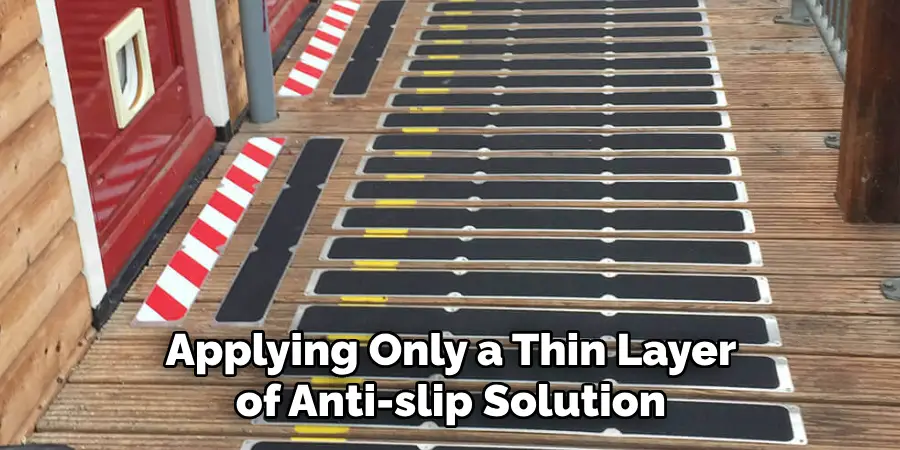
It’s important to take the right steps to make your deck less slippery while avoiding these pitfalls so you can keep your family, guests, and even pets safe during the colder months. By understanding these mistakes, you can make smarter choices to ensure your Trex deck stays beautiful and slip-free for years to come.
Conclusion
Trex decking is a popular alternative to traditional wood decks. However, during the winter months, it can become slippery and dangerous. By following the tips above, you can make your Trex decking less slippery and safer for everyone who uses it. Clear your deck of snow and ice, apply a non-slip coating, add outdoor rugs and mats, keep your decking dry, and use ice melt with caution.
By taking these steps, you can ensure that your Trex deck remains the perfect place for outdoor gatherings, barbecues, and relaxing. Thanks for reading our post about how to make trex decking less slippery in winter.
About
Outdoor Fixes is a distinguished figure in the world of Diy design, with a decade of expertise creating innovative and sustainable Diy solutions.
His professional focus lies in merging traditional craftsmanship with modern manufacturing techniques,
fostering designs that are both practical and environmentally conscious. As the author of diy,
outdoorfixes delves into the art and science of outdoorfixes-making, inspiring artisans and industry professionals alike.
Education RMIT University
(Melbourne, Australia) Associate Degree in Design (Outdoor Fixes) Focus on sustainable design, industry-driven projects,
and practical craftsmanship. Gained hands-on experience with traditional and digital manufacturing tools, such as CAD and CNC software.
Nottingham Trent University
(United Kingdom) Bachelor’s in outdoorfixes.com and Product Design (Honors) Specialized in product design with a focus on blending creativity with production
techniques. Participated in industry projects, working with companies like John Lewis and Vitsoe to gain real-world insights.
Publications and Impact
In diy, Outdoor Fixes his insights on indoor design processes, materials, and strategies for efficient production.
His writing bridges the gap between artisan knowledge and modern industry needs, making it a must-read for both budding designers and seasoned professionals.

